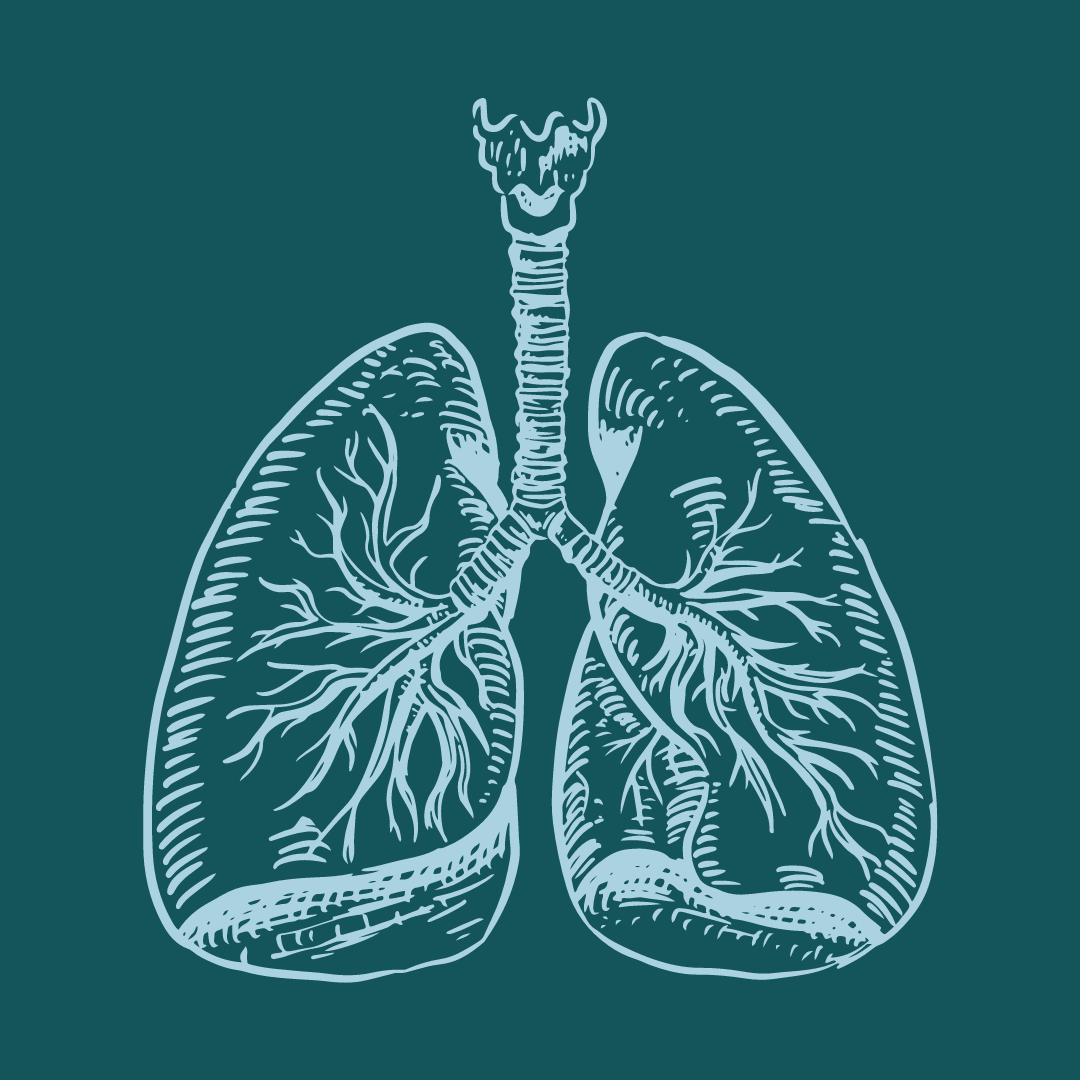For Some Families of Color, a Painful Fight for a Cystic Fibrosis Diagnosis
By Liz Szabo,
The New York Times
| 05. 29. 2024
By the time Rena Barrow-Wells gave birth to her fourth baby in 2020, she was well-versed in caring for a child with cystic fibrosis. She was also experienced in fighting for a diagnosis of the disease, which runs in families and can severely damage the lungs and digestive system.
Nineteen years earlier, her first son, Jarrod, displayed classic symptoms of cystic fibrosis as a newborn — failure to gain weight; a stubborn, phlegmy cough; and frequent, oily stools. But instead of identifying the cause of her son’s illness, doctors at the New Orleans emergency room where she took Jarrod blamed his poor growth on his mother, who is Black and was a teenager at the time. Ms. Barrow-Wells said that doctors had accused her of starving her son, placed the two of them in a room with video surveillance and reported her to child protective services.
Doctors discharged Jarrod two weeks later without a diagnosis. It would take four years — and dozens of additional visits to doctors and emergency rooms — for Jarrod to be diagnosed with cystic fibrosis...
Related Articles
By Emily Glazer, Katherine Long, Amy Dockser Marcus, The Wall Street Journal | 11.08.2025
For months, a small company in San Francisco has been pursuing a secretive project: the birth of a genetically engineered baby.
Backed by OpenAI chief executive Sam Altman and his husband, along with Coinbase co-founder and CEO Brian Armstrong, the startup—called...
By Jessica Hamzelou, MIT Technology Review | 11.07.2025
This week, we heard that Tom Brady had his dog cloned. The former quarterback revealed that his Junie is actually a clone of Lua, a pit bull mix that died in 2023.
Brady’s announcement follows those of celebrities like Paris...
By Emily Mullin, Wired | 10.30.2025
In 2018, Chinese scientist He Jiankui shocked the world when he revealed that he had created the first gene-edited babies. Using Crispr, he tweaked the genes of three human embryos in an attempt to make them immune to HIV and...
Public domain portrait of James D. Watson by Cold Spring Harbor Laboratory
and the National Human Genome Research Institute on Wikimedia Commons
James Watson, a scientist famous for ground-breaking work on DNA and notorious for expressing his antediluvian opinions, died on November 6, at the age of 97. Watson’s scientific eminence was primarily based on the 1953 discovery of the helical structure of DNA, for which he, Francis Crick and Maurice Wilkins shared the 1962 Nobel Prize in Physiology or...




